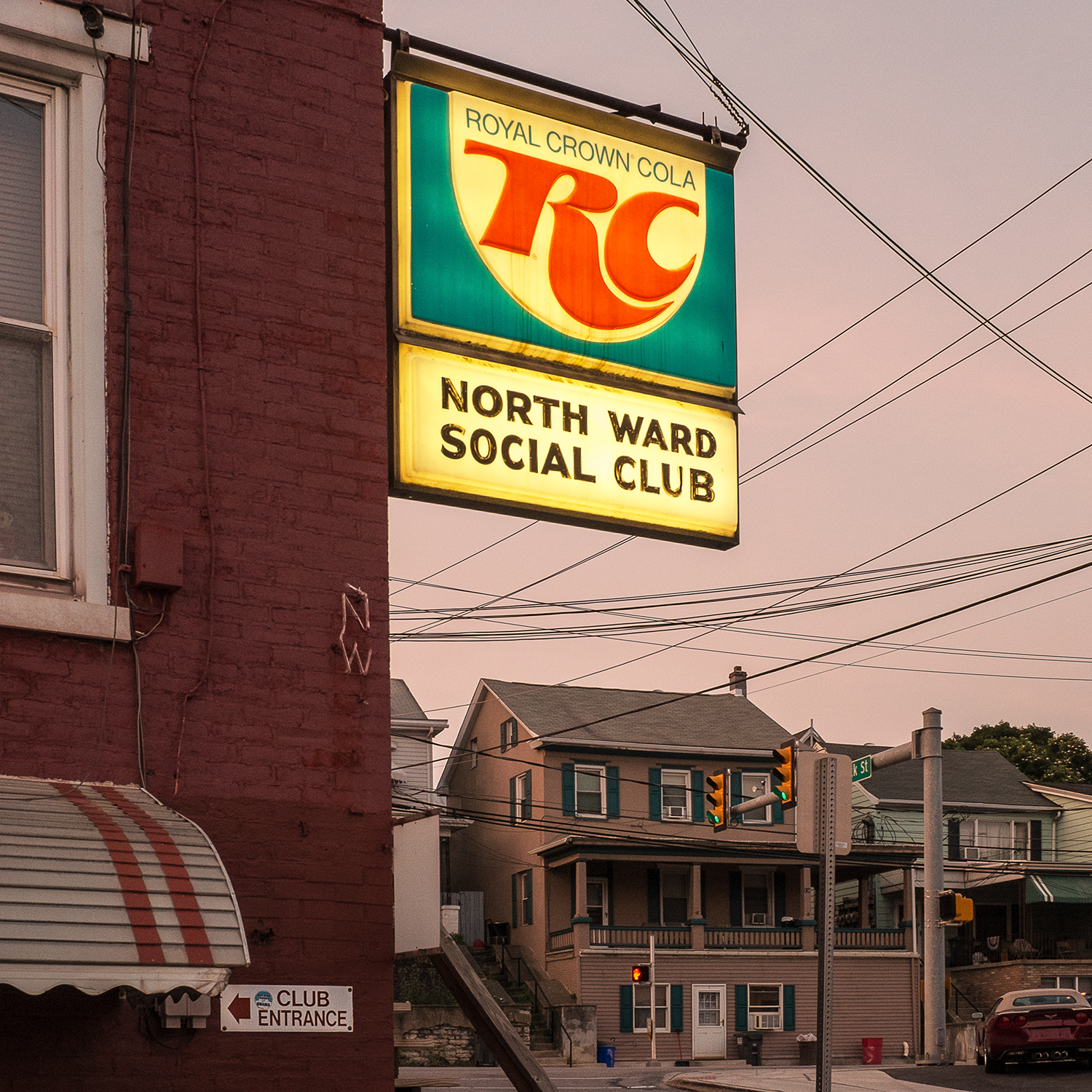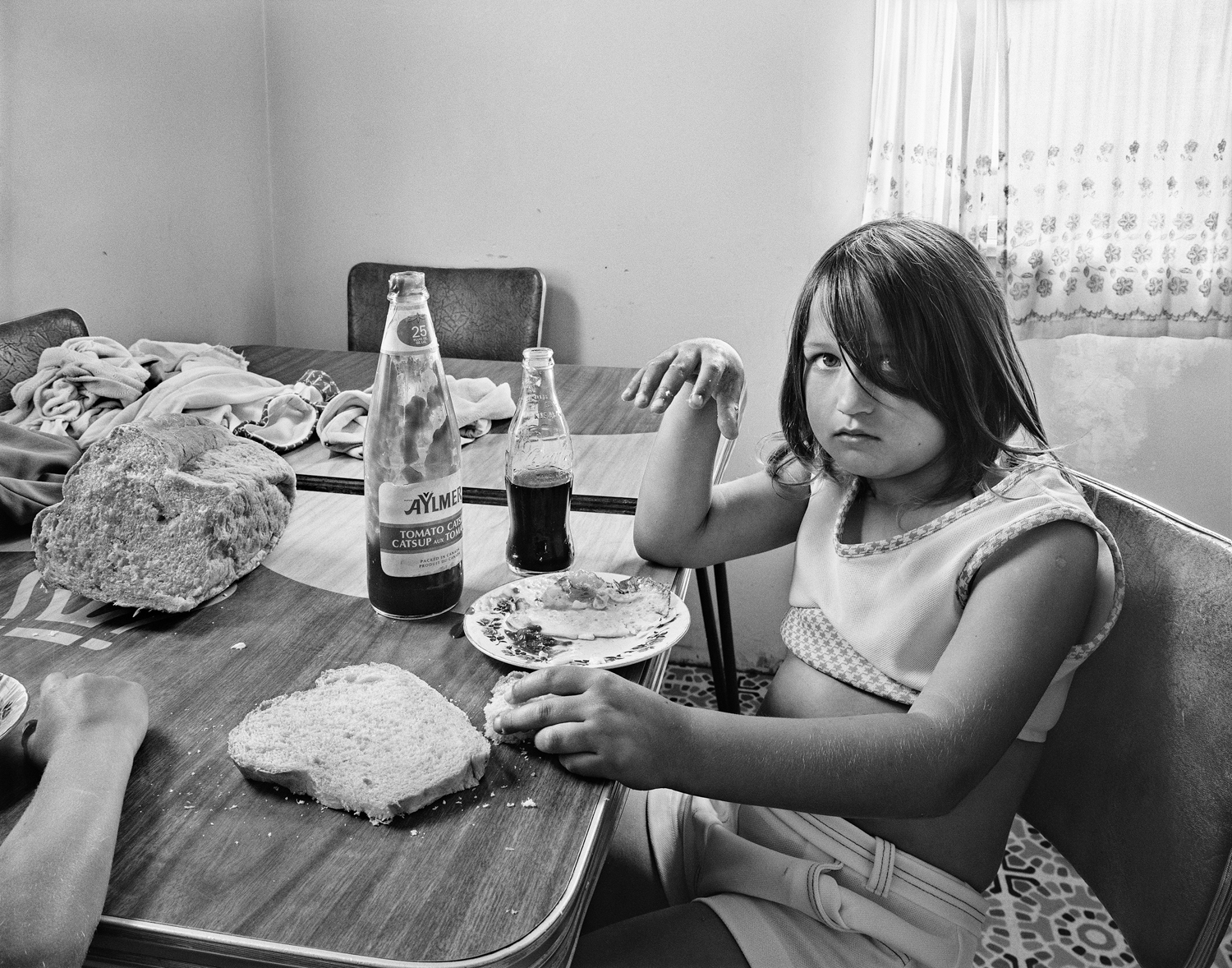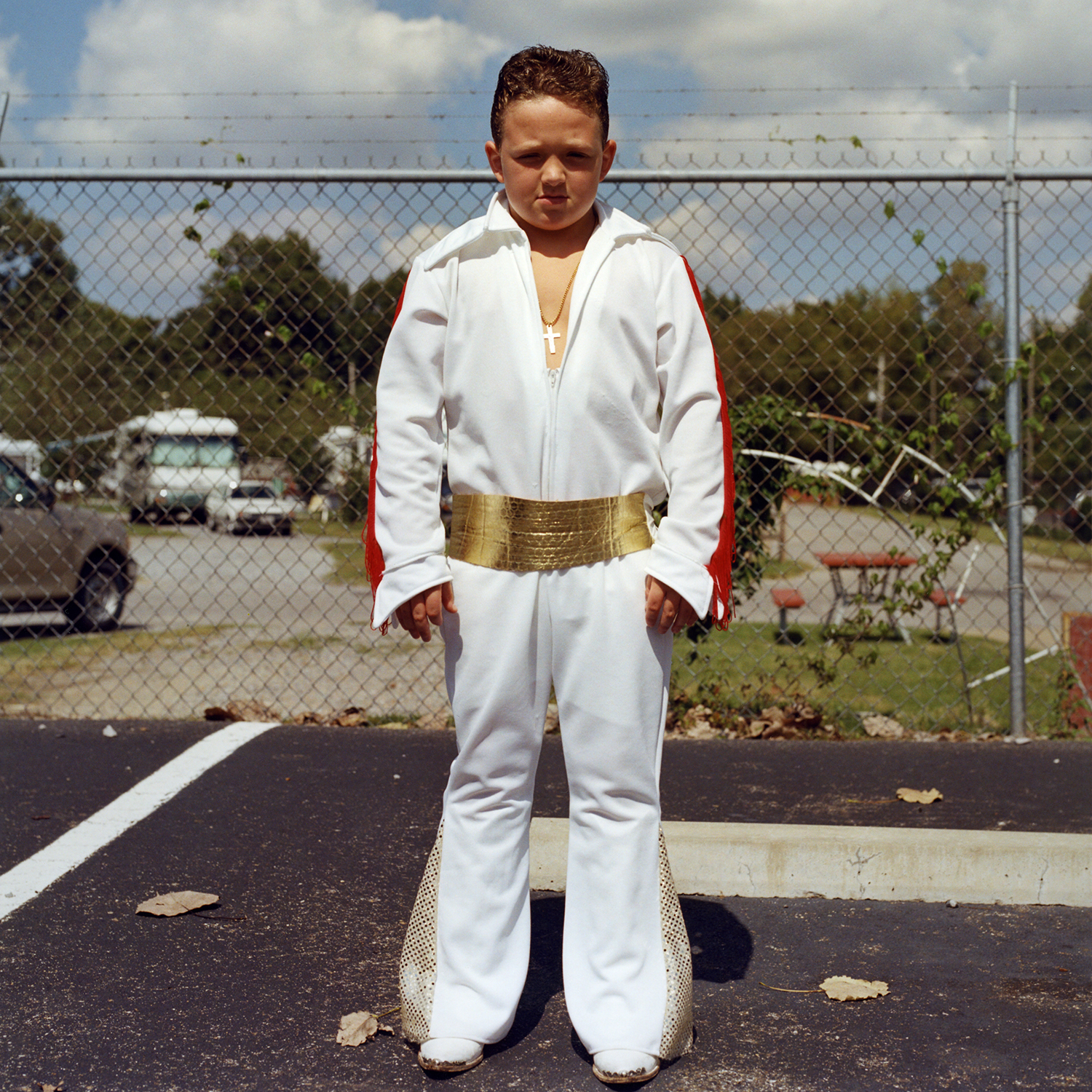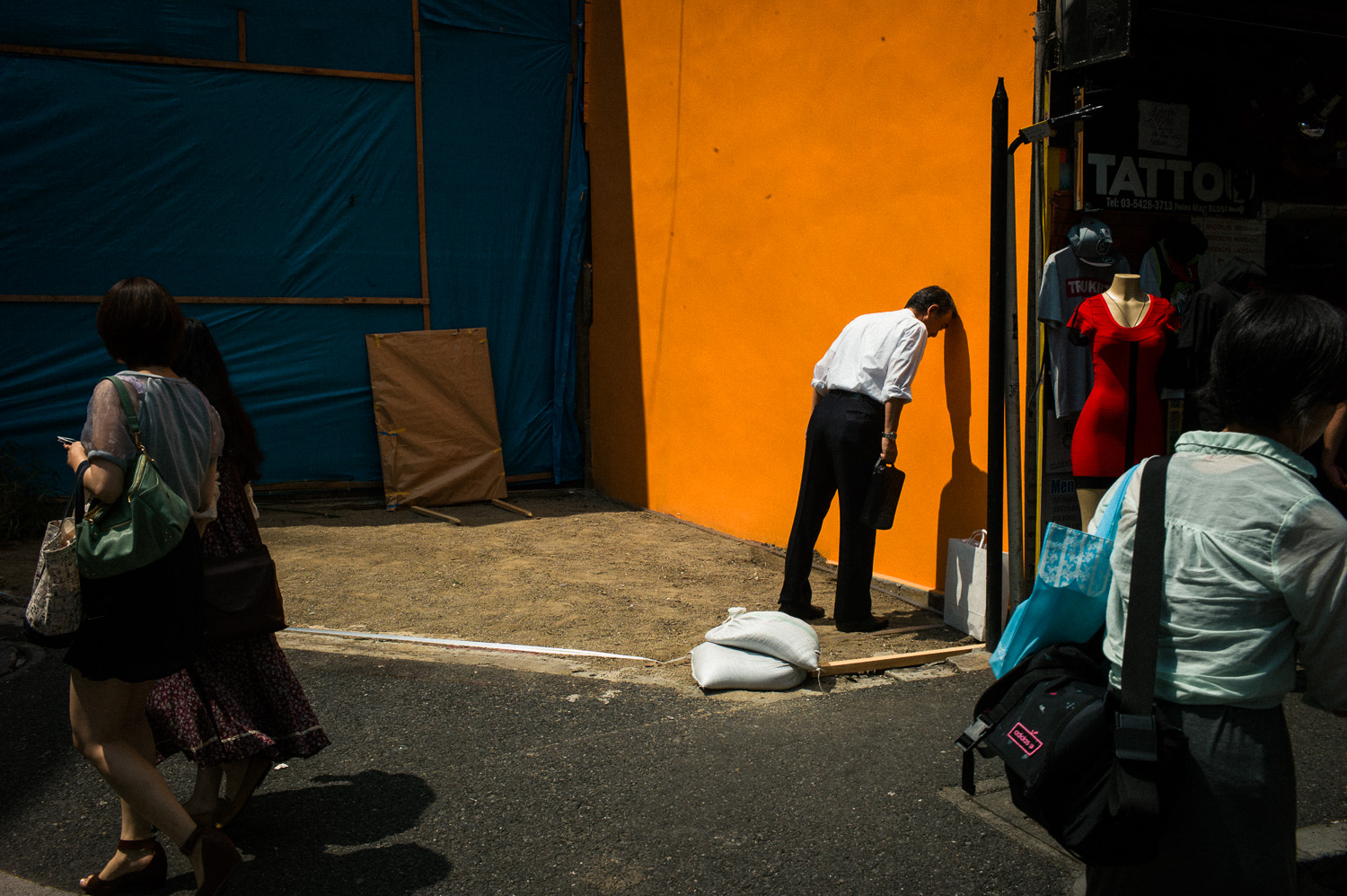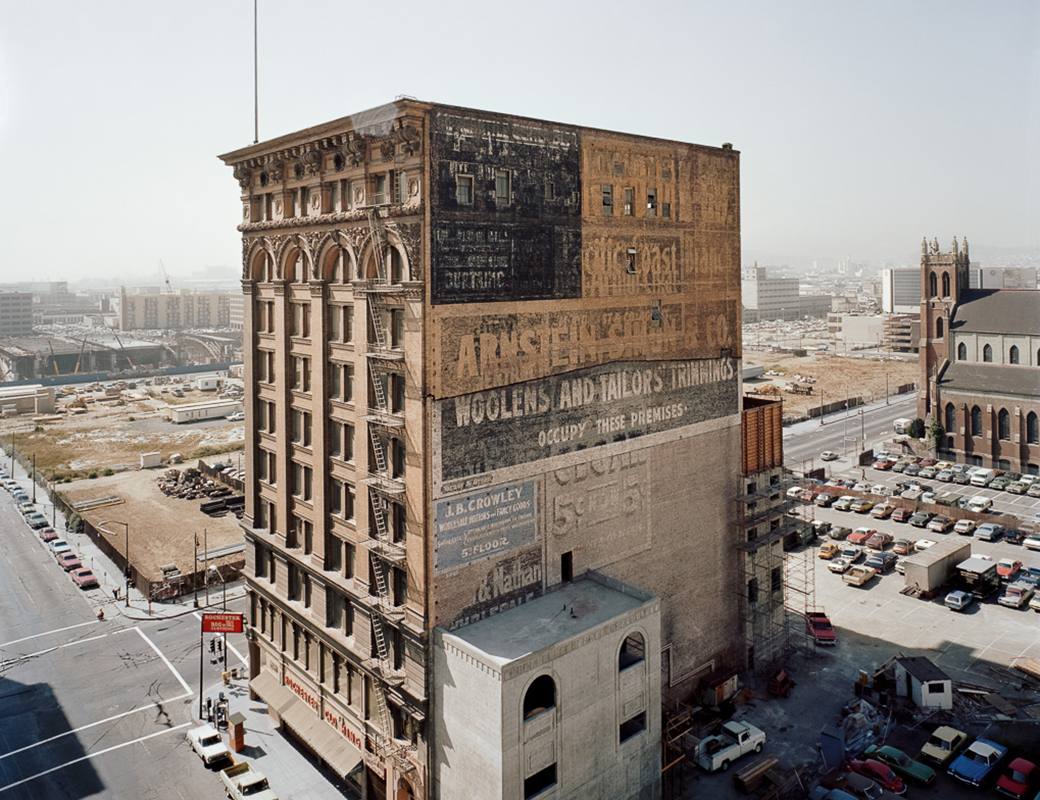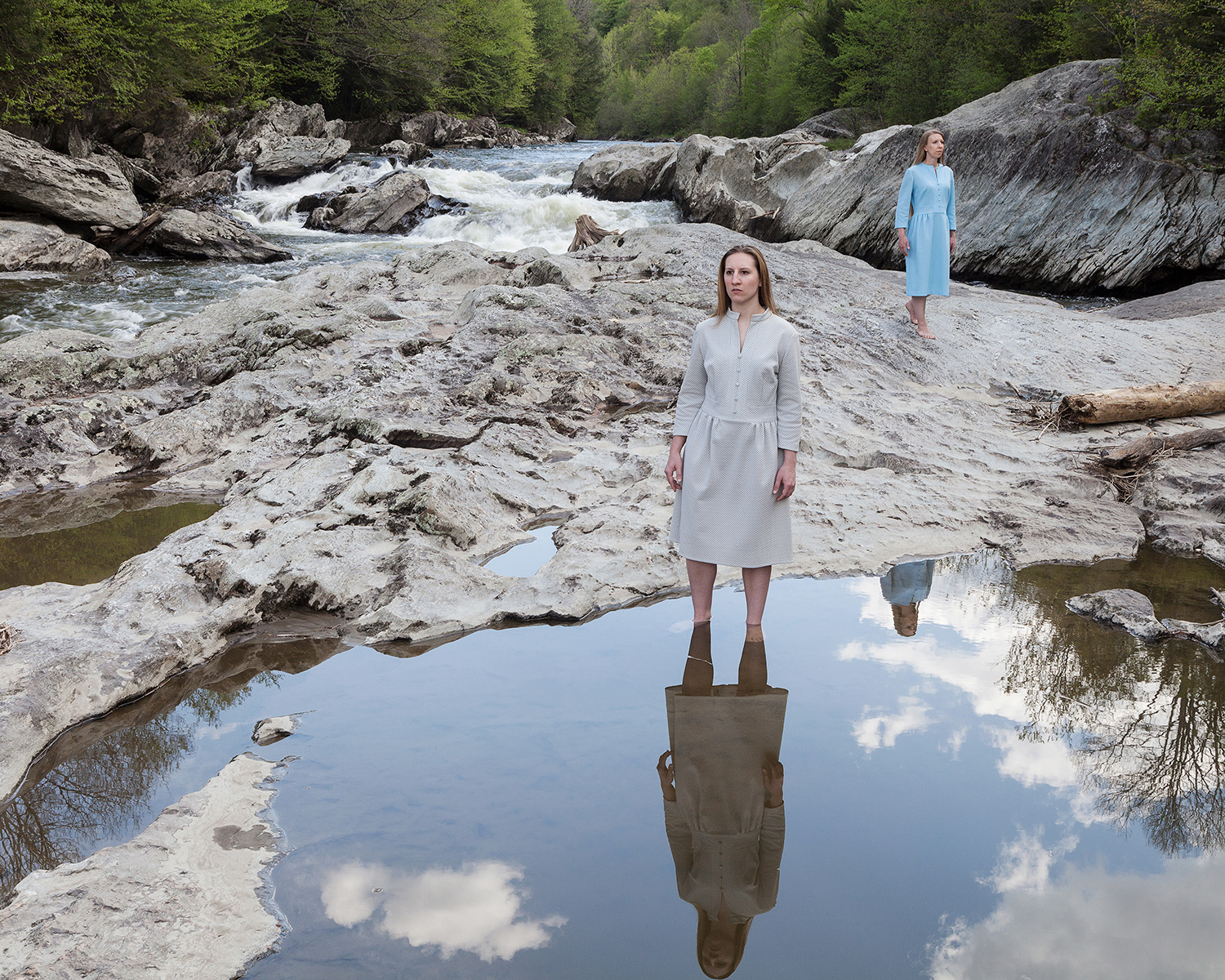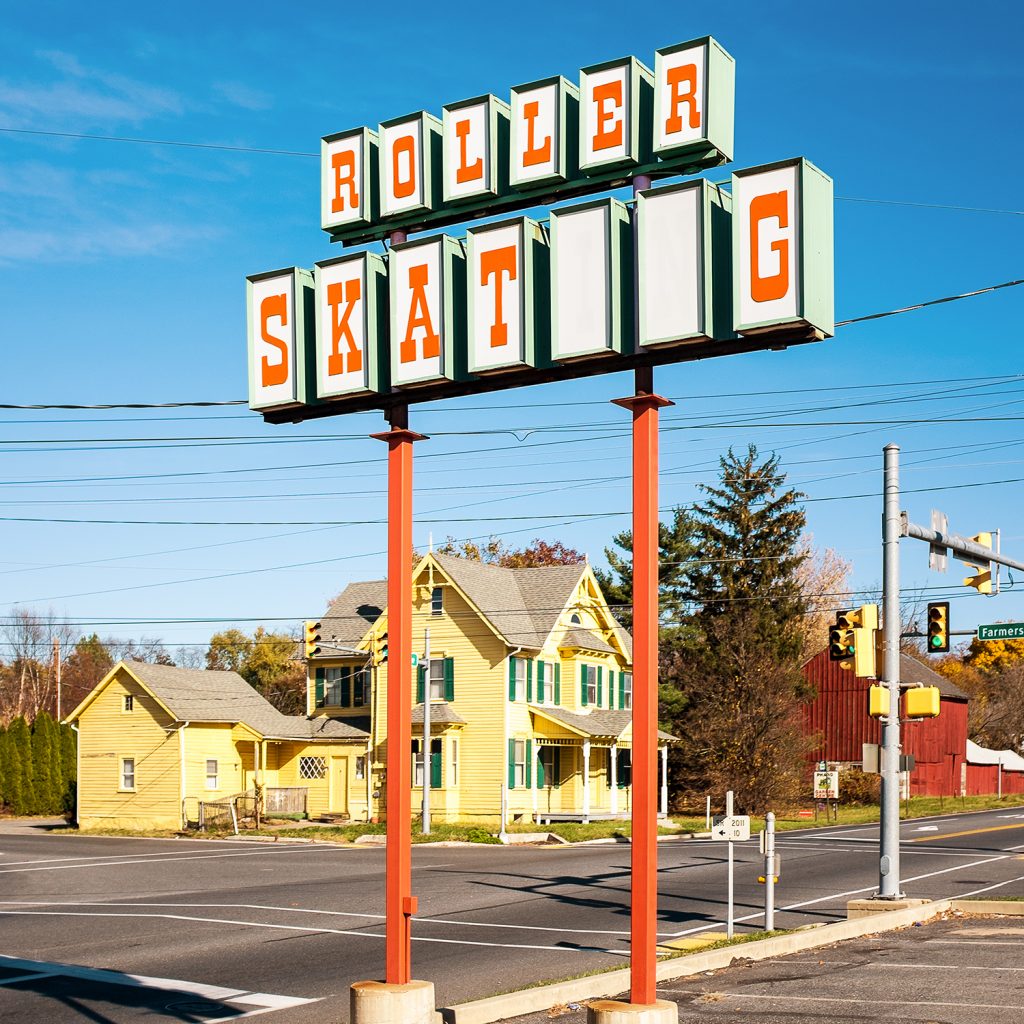
The project is about documenting cultural American identity. Could you tell us more about the birth of American Squares?
I became curious about America’s fascination with its own past long before I started making photographs. I used to walk around Williamsburg, Brooklyn when I first moved to New York City from Canada. I began to notice bars and restaurants being built to mimic an earlier time period: bars looking like 70s basement rec rooms and restaurants resembling 50s southern juke joints. This wasn’t common in Canada and it captured my curiosity. When I finally did pick up a camera, in 2013, I decided to start investigating the preoccupation with an earlier era, a growing nostalgia, that I was seeing all around me. I worked almost like an archaeologist, finding items left from the past and photographing them. I didn’t know, at the time, how much a part of the cultural and political zeitgeist this would become.
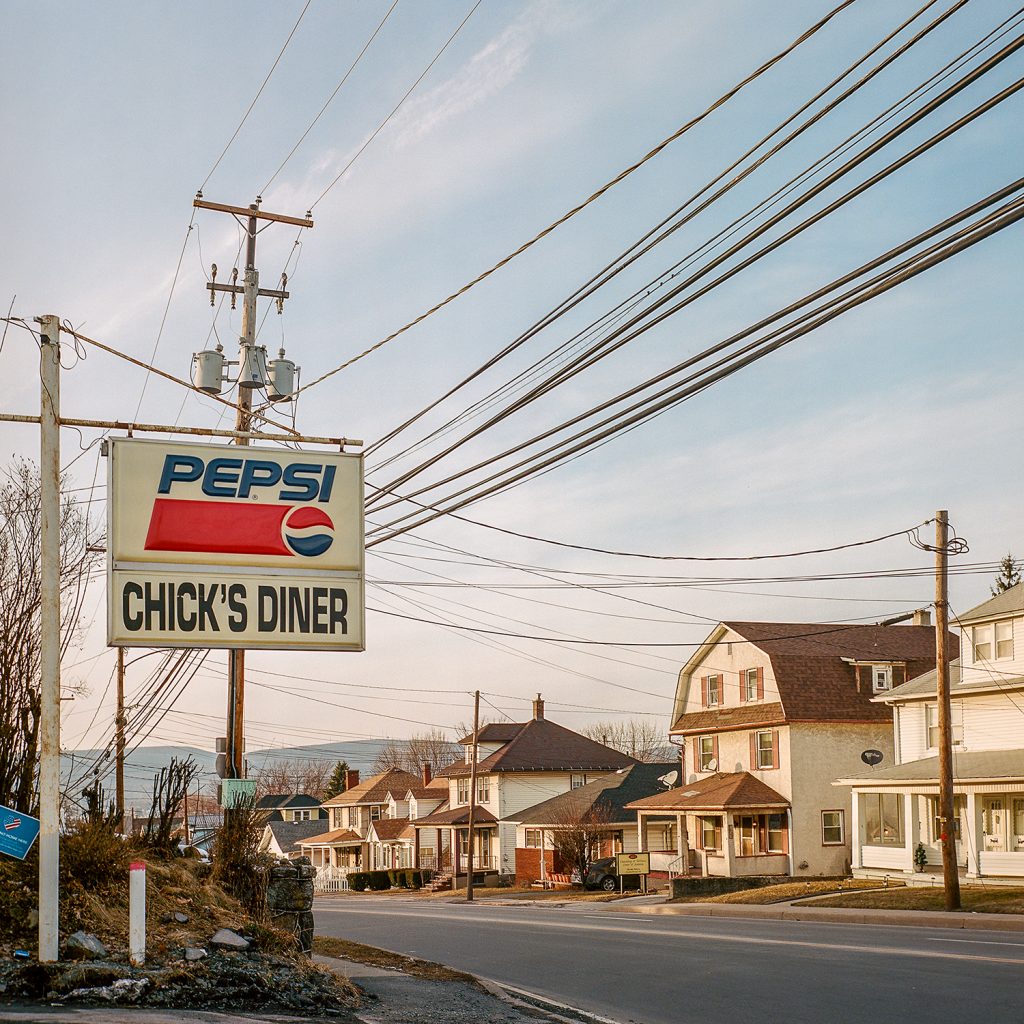

Then it is also about the square format. What makes you use this particular format on this project?
One of my first experiences in photography, during high school, was with a medium format Yashica TLR, producing images in the 6×6 format. When I started shooting again as an adult, I naturally gravitated toward that again. I use a Rolleiflex film camera for many of my images. When I work digitally, I compose in camera in this same 1:1 aspect ratio to keep things consistent. I have also grown to prefer the square frame. It has nothing to do with Instagram, ironically. That was just a coincidence!
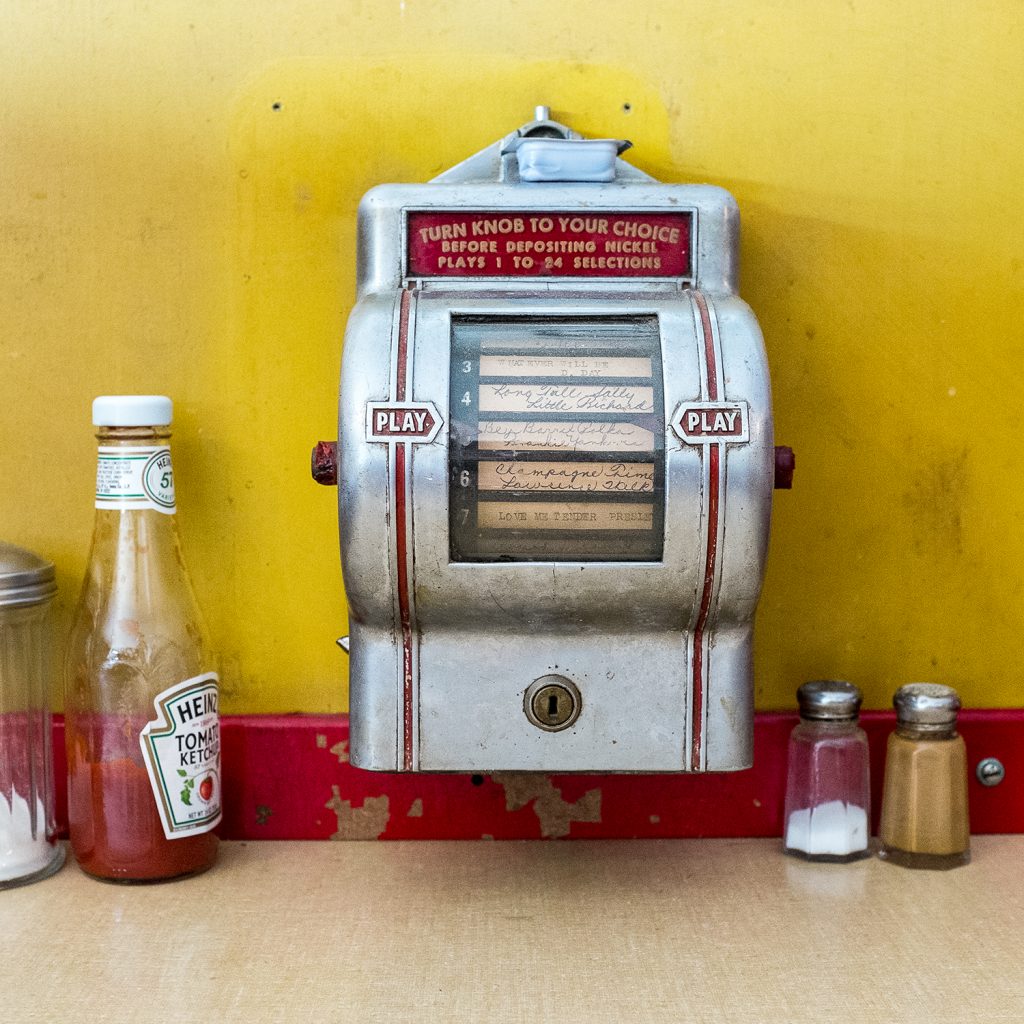
« I will undoubtedly come across something interesting on the way. I enjoy the thrill of chance encounters. »
I would love to know more about the making of the project. How did you decide on the places to stay and document? How did you organize your road trips in order to portray American identity?
I usually do research ahead of planning to go somewhere. I consult several different sites but for diners, I often look at roadsidearchitecture.com and for everything in general, I like retroroadmap.com. I also get information directly from friends and followers. People write to me on Instagram with personal suggestions — I love that! What I have found is that if I have one concrete place that I am headed for, I will often find much more, by surprise, on the way. Sometimes I will even pick something maybe five or ten miles away and walk. I will undoubtedly come across something interesting on the way. I enjoy the thrill of chance encounters.
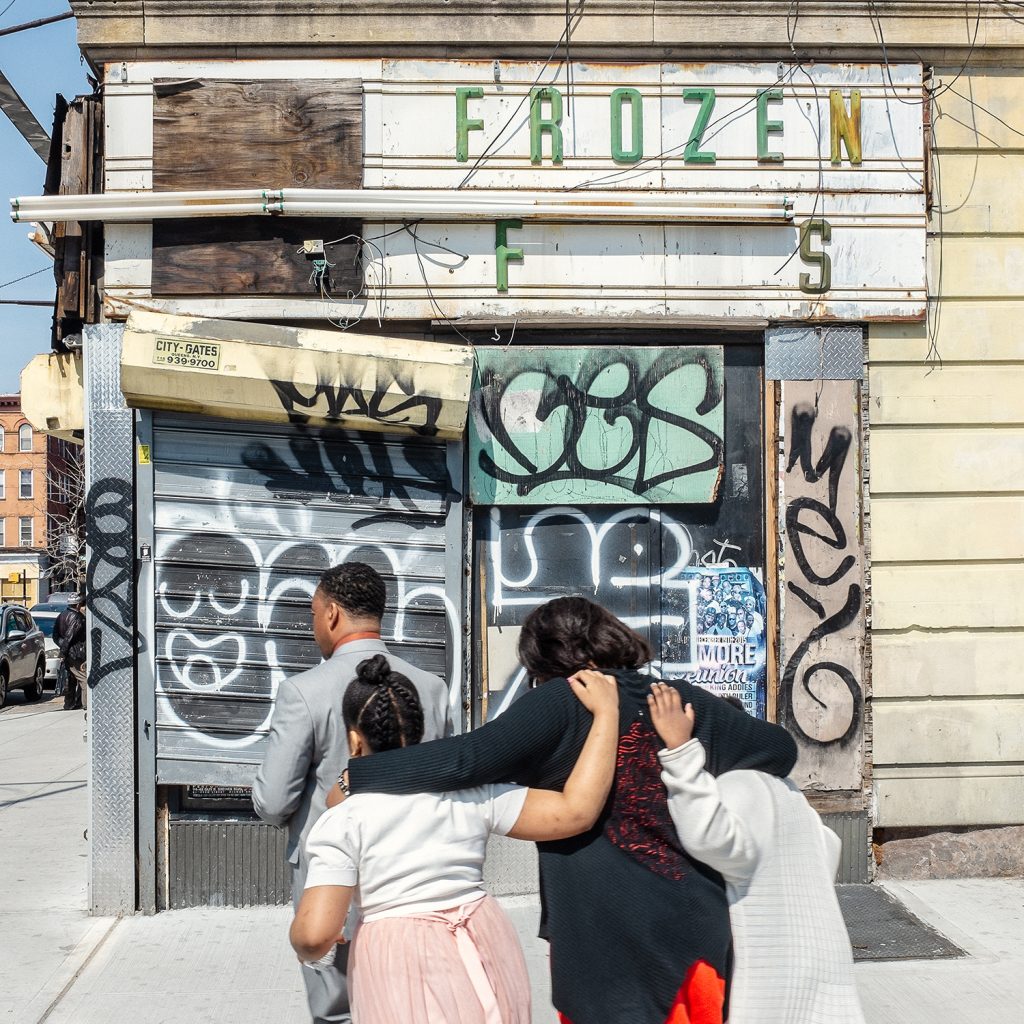
How long did you usually stay in a place?
Honestly, most of my images are made within driving distance of my house. I live in Pennsylvania now and I think, if I look at my book, there are 63 images and 32 were taken within that state. I usually keep to a limit of a two to three-hour drive from home. Occasionally I will go farther and maybe stay one night. And then when I am traveling on vacation in America, like to Los Angeles, for instance, or to New Orleans, I will do research before the trip and photography will take up a significant amount of my time there—but it’s my favorite thing to do so I don’t mind!
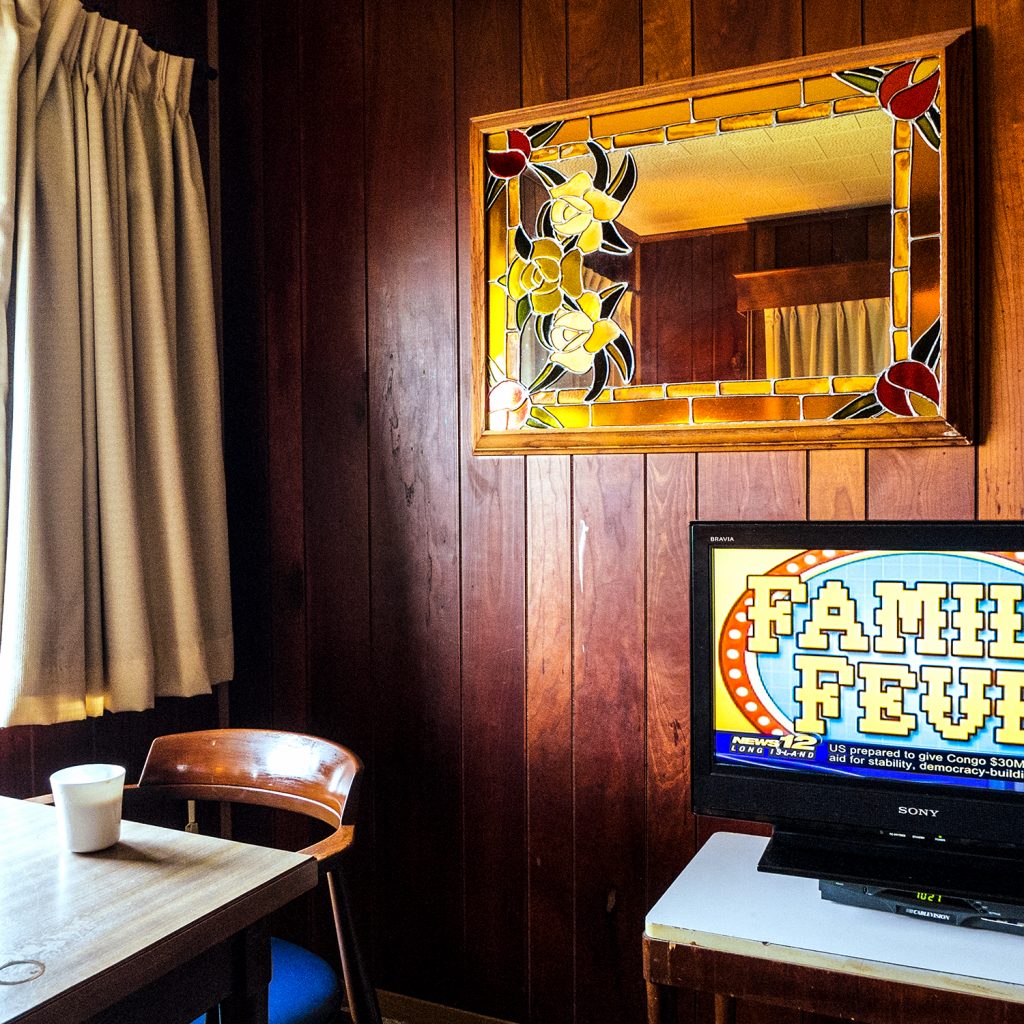
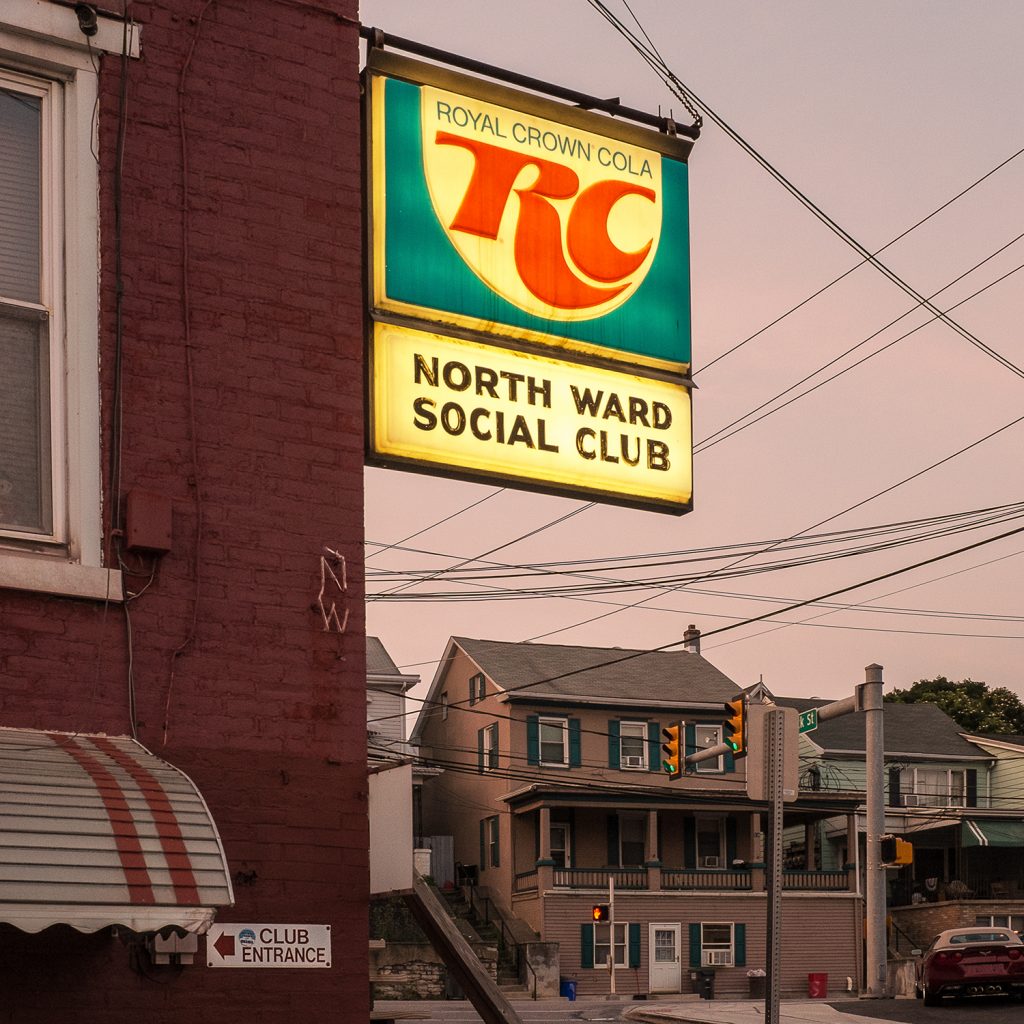
Before starting your journey, did you have in mind some photos to be taken or a sort of photo script to follow? I notice that people are very rare in your frame. But despite it, your pictures tell us a lot about the people, their places and some part of their lives.
No, I just did what came naturally to me. But I absolutely love interior spaces. I feel they are dripping with the stories of the people who have been there before. I’m drawn to small things, often on the side of the frame: mugs with sayings on them, notes or photos on walls, the marks on diner counters from years of elbows, the scuffs from 100s of feet under barbershop chairs… I personally love an unpeopled frame that is composed of many layers, that has multiple things to discover the longer you look at it. In my view the photo needs a certain strong composition to hang together, this might make it appear deceptively simple. And then, within that, you need to be able to feel the eye of the photographer, where they were standing and what they may have been feeling. Then there are the small details that unfold as you spend time with the image. And finally, but maybe most important of all, is the light. I’m not saying I achieve this all the time, but the photographs that are most special to me, that really hit me, have a remarkable quality of light and color.
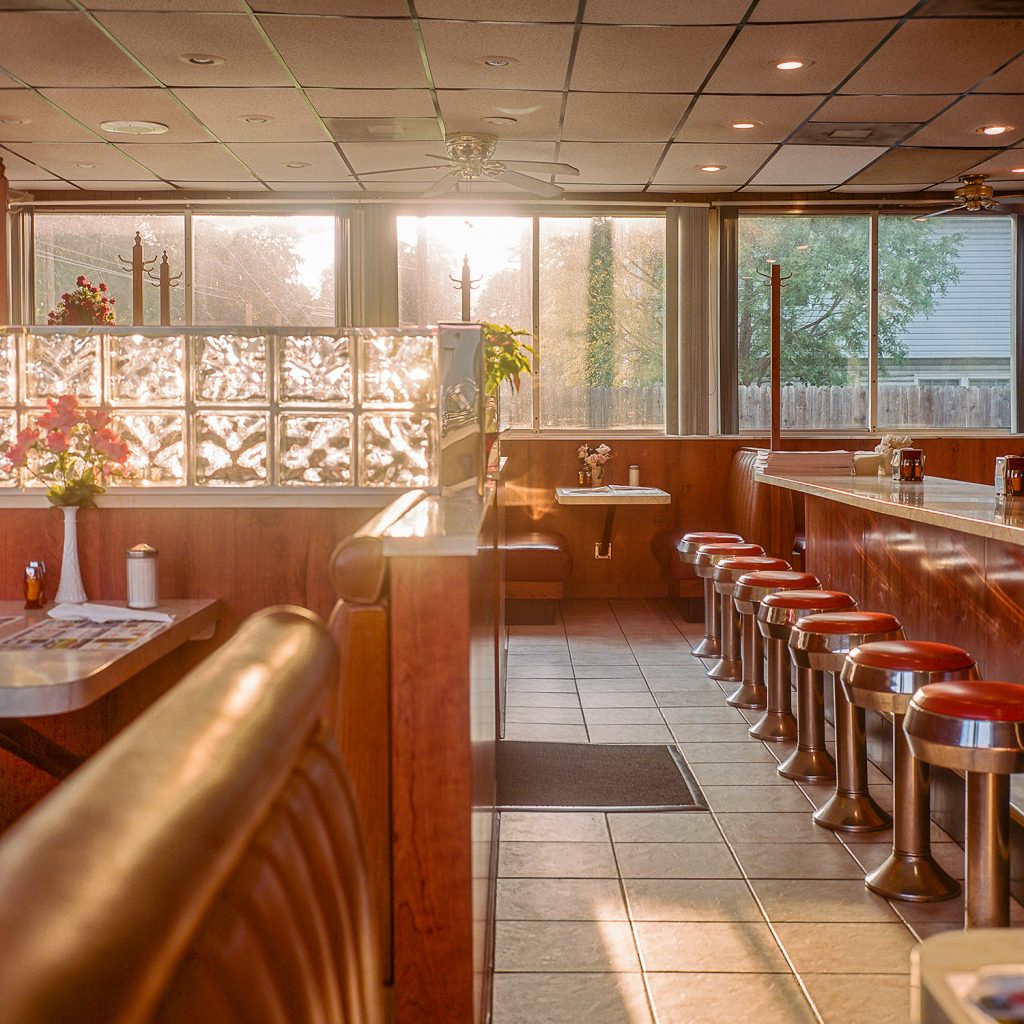
« I didn’t see the shift in American politics coming when I began. »
In the end, what American Squares did teach you about identity, and maybe about yourself?
To be perfectly honest I recently went back to school and, in thinking more deeply about this topic, I am more confused about it. Identity and America have become perhaps more complicated than ever. I guess maybe that’s what I learned: That it was a much deeper issue than I originally anticipated. I didn’t see the shift in American politics coming when I began.

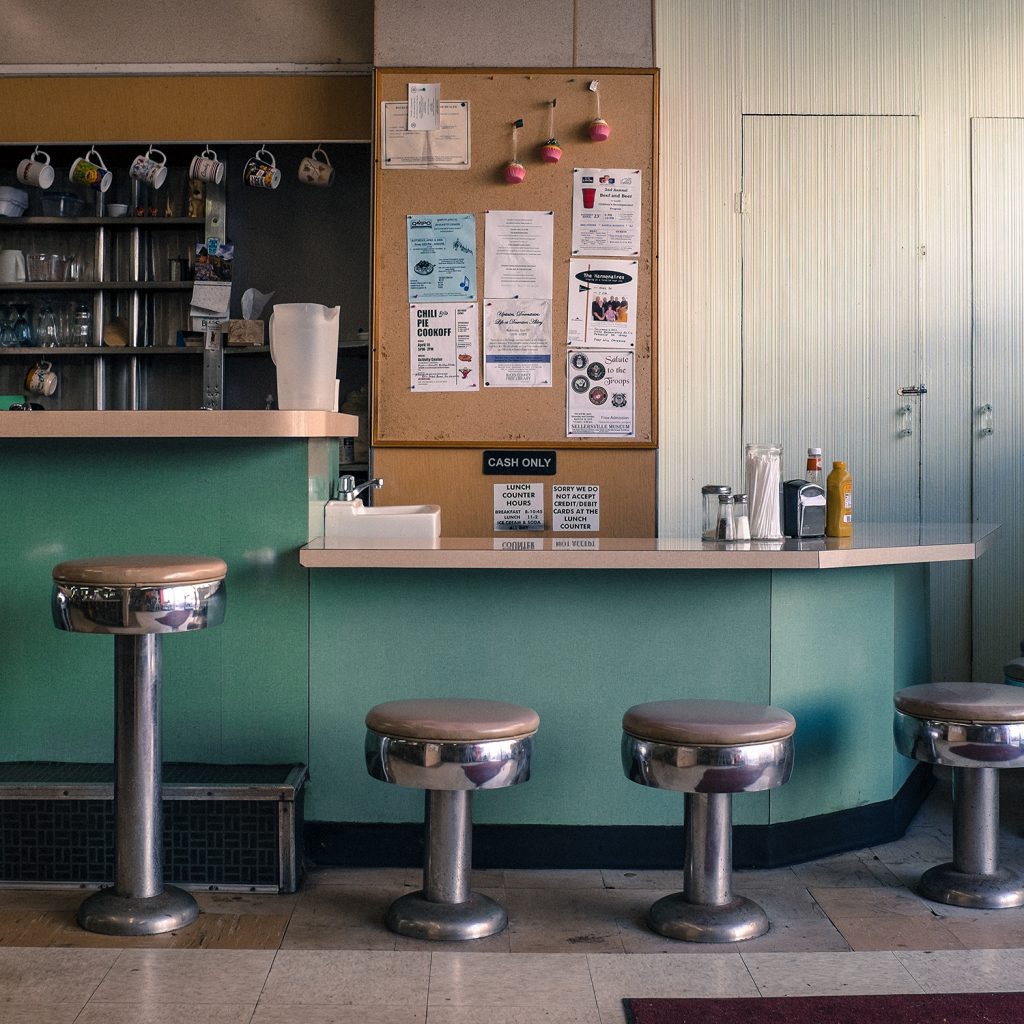
A book was made and published. It is now sold out. So congratulations! Could you share your experience of publishing a book through its various steps?
Thank you. Working with AINT-BAD was great. They let me make the edit, do the sequencing and design the book myself. I really enjoyed the process. The book feels 100% me from cover to cover (besides which I designed the cover and the end pages too!) Many publishers want much more control over these things. I was happy they trusted me with my vision.
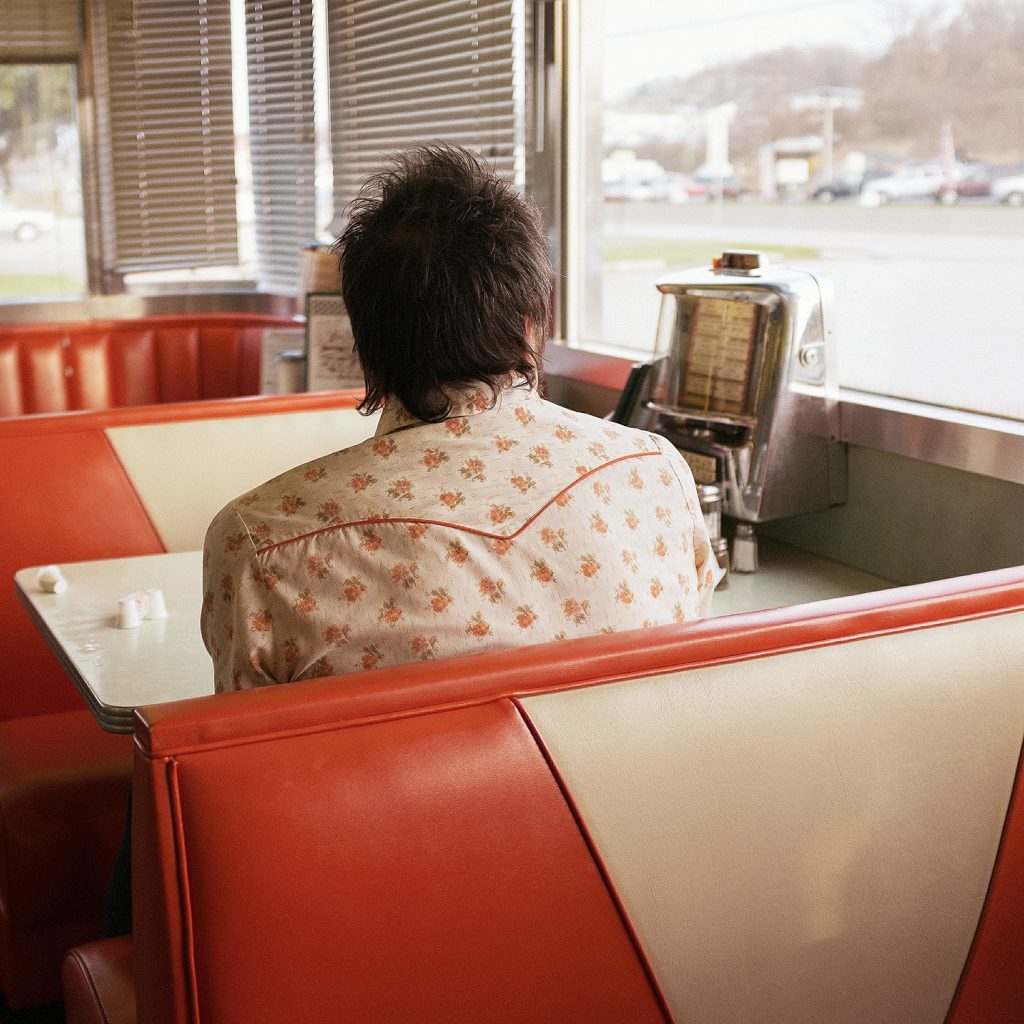
During the making of American Squares, did you think of other subjects that you could explore in the near future?
That is something I am grappling with right now… Finding a new topic. There are so many little things I could do, but I haven’t come up with a big “Aha!” moment, of a whole new story to tell that feels true to me.
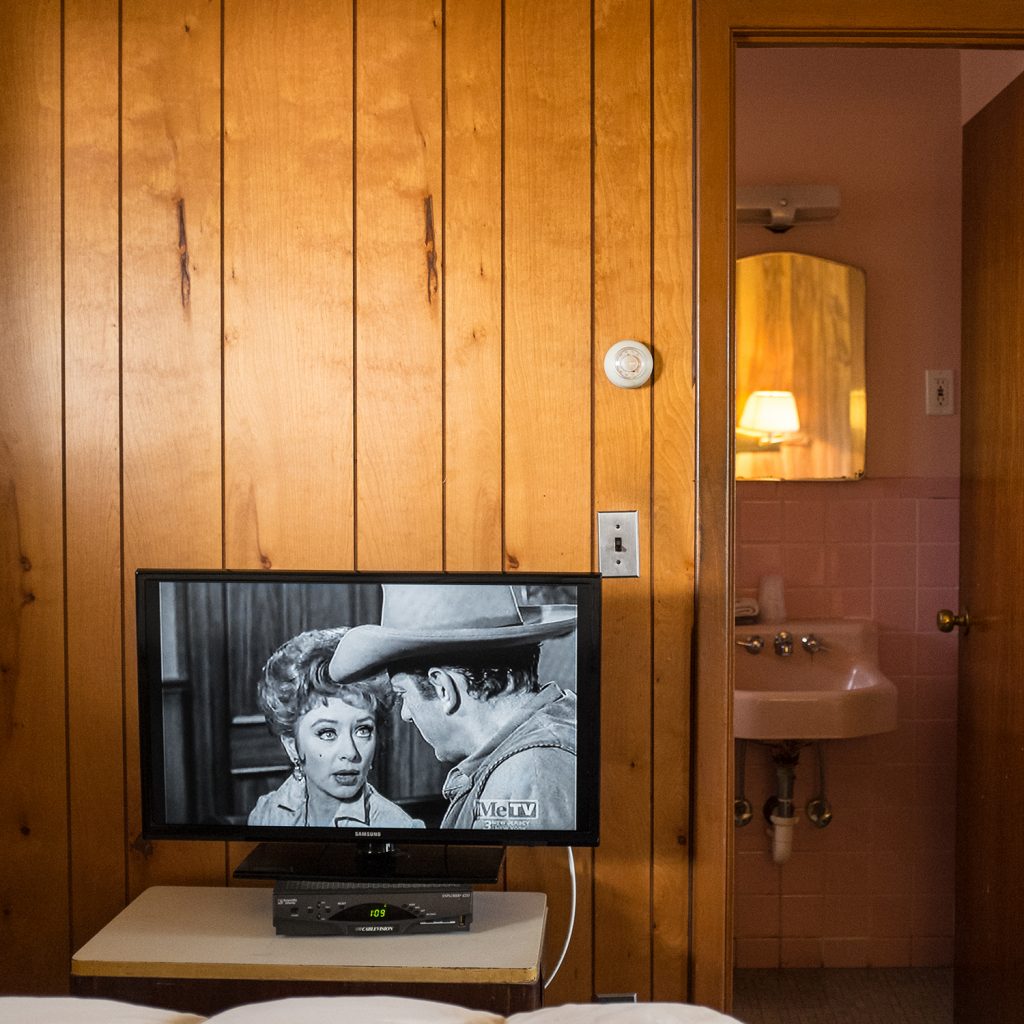
Which photographers inspire your work?
I love so many photographers, it’s hard to choose just five. But some photographers who I have been looking at lately, who don’t necessarily reflect in my work, but who I enjoy, are Mark Steinmetz, Robert Adams, Andrea Modica, Matt Eich, and Bryan Schutmaat.

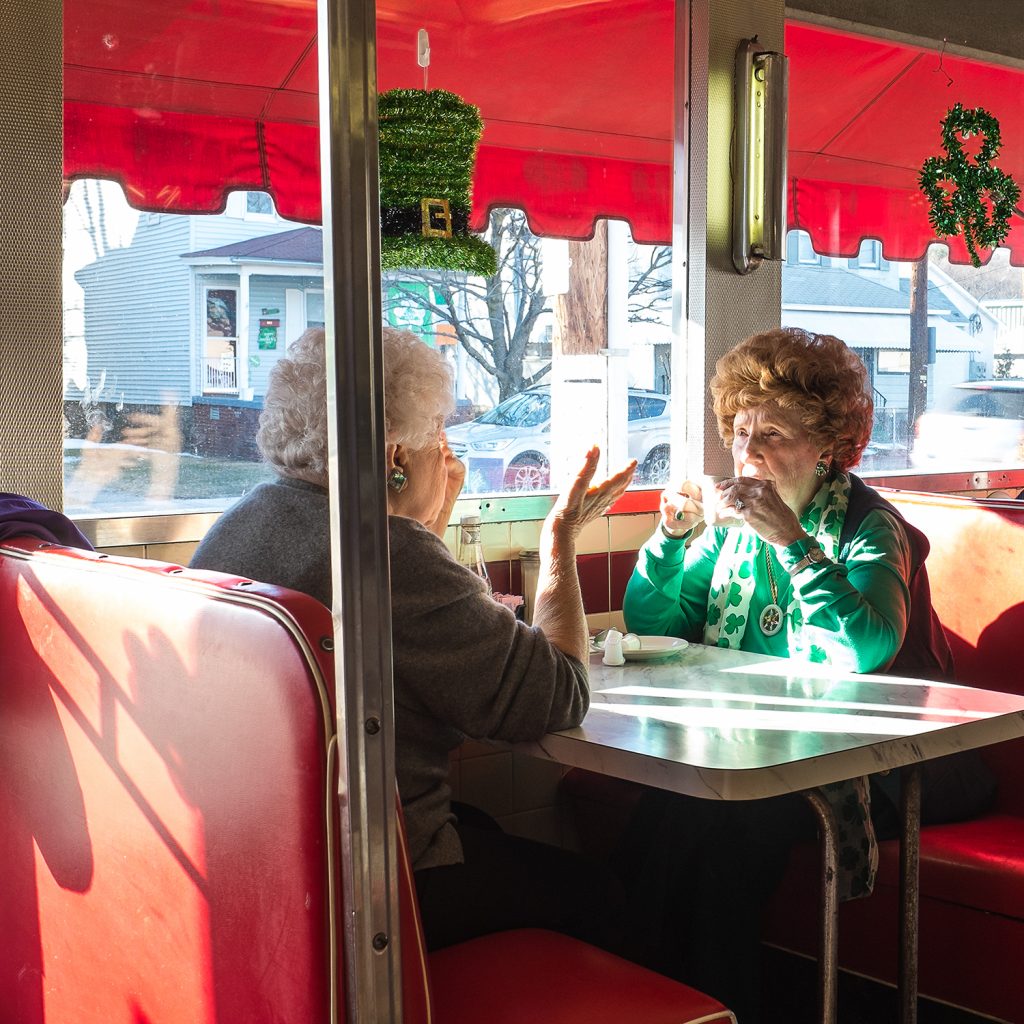
Your 5 favorite photobooks?
Another one that is hard to narrow down! I may have to go fairly classic:
The Americans (Robert Frank),
William Eggleston’s Guide (William Eggleston),
Uncommon Places (Stephen Shore),
America (Zoe Strauss),
At Home (Bruce Wrighton).
Interview by Jerome Lorieau
Photographer’s Links: Website – Instagram
« American Squares » by Leah Frances published by Ain’t Bad

